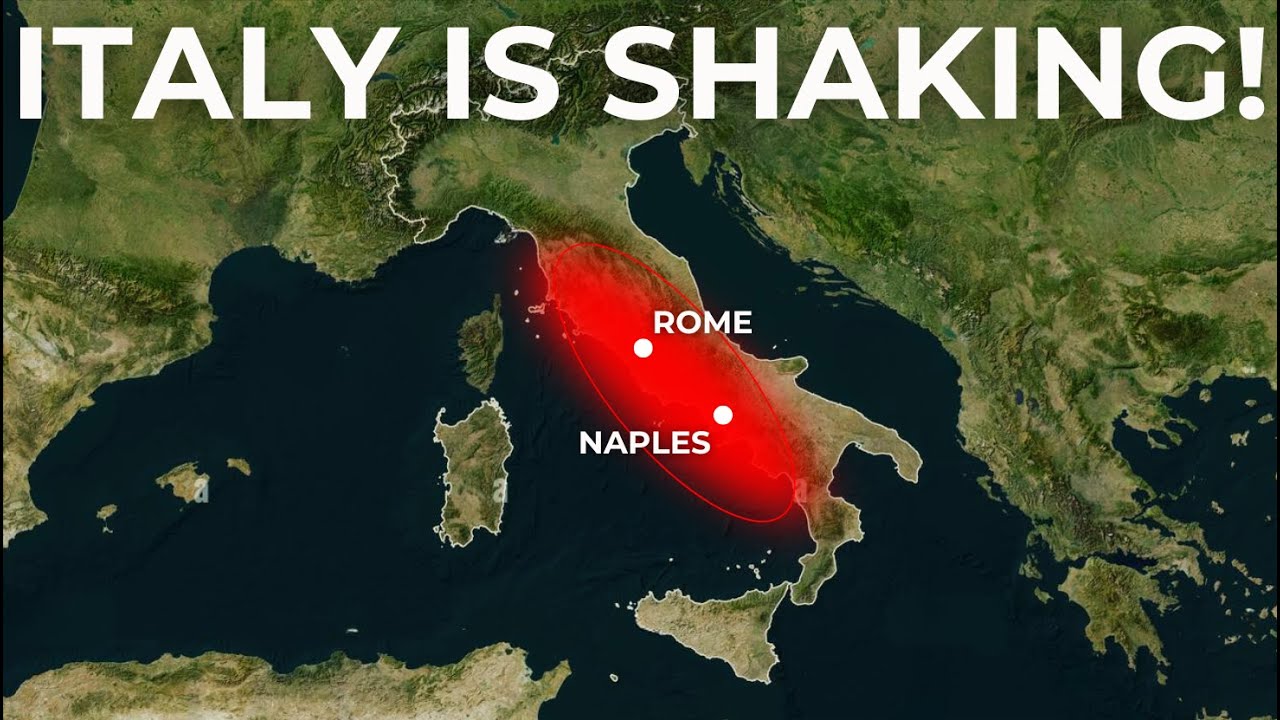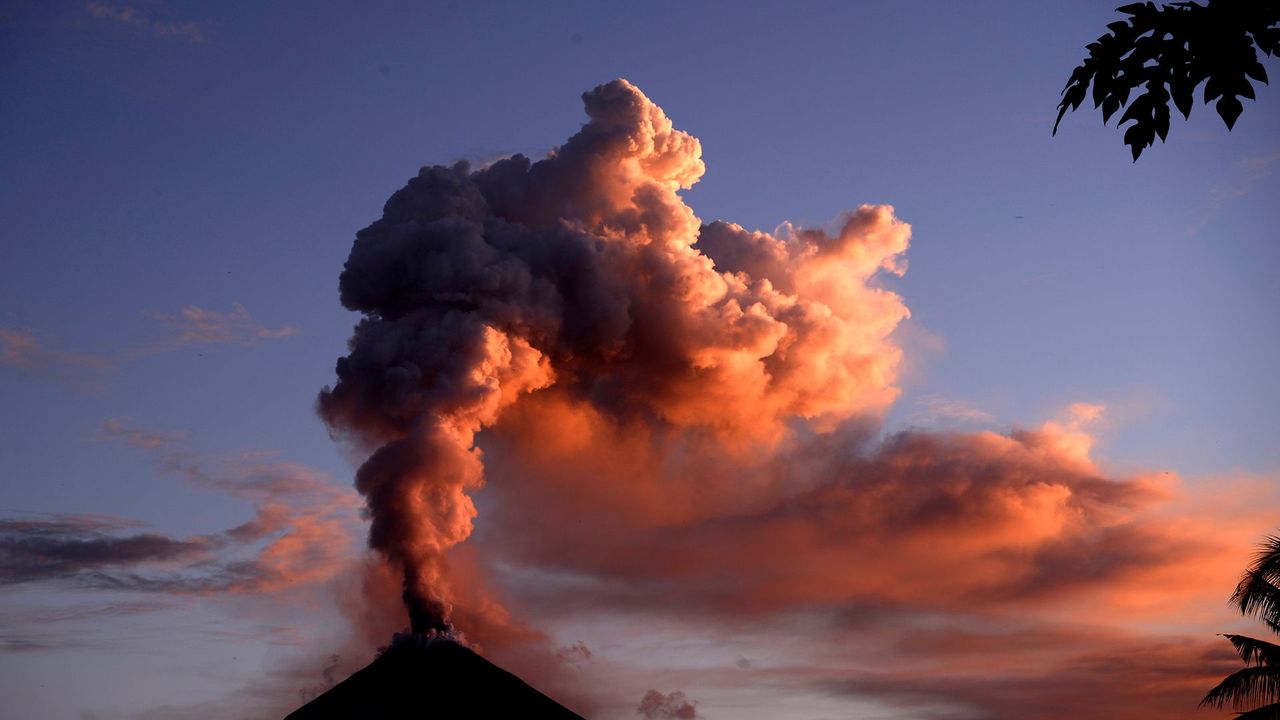Could This Italian Supervolcano Trigger a Global Catastrophe?

### Campi Flegrei Supervolcano: A Potential Global Disaster?
Imagine a volcano with enough power to darken the skies around the world and impact human history. But instead of being located in a remote rainforest, it is hidden beneath the stunning landscape of southern Italy.
Near the famous Mount Vesuvius, just below the city of Naples, lies Campi Flegrei – a massive supervolcano. Unlike a typical cone-shaped volcano, Campi Flegrei is a **caldera** – a giant crater formed after a massive eruption. Measuring around 13 km in diameter, the area has more than 24 craters and hot springs that spew sulfurous vapors. Part of it lies under the Gulf of Pozzuoli, while the rest is covered by urban areas, leaving many people unaware that they are living on top of a supervolcano.
Around 1.5 million people live in the area, including 500,000 within the caldera itself. Compared to Campi Flegrei, Mount Vesuvius – responsible for the Pompeii disaster in 79 AD – is a miniature version.
#### Past eruptions
Around 40,000 years ago, Campi Flegrei erupted with tremendous force, creating the **Campanian Ignimbrite** event, the largest eruption in Europe in 200,000 years. Hundreds of cubic kilometres of lava and ash were released, covering Europe and possibly plunging the Earth into a prolonged winter. Scientists believe the event may have contributed to the decline of the Neanderthal population.
Supervolcanoes are defined as volcanoes with an explosiveness index (VEI) of 8 or higher, meaning they release at least 1,000 km³ of material in a single eruption. Other notable eruptions include Yellowstone (USA) 2.1 million years ago and Toba (Indonesia) 74,000 years ago – the largest eruption in the last 2 million years, releasing about 2,800 km³ of lava.
Although Campi Flegrei has not reached VEI 8, it is still classified as a supervolcano with terrifying destructive potential.

#### How active is Campi Flegrei now?
Campi Flegrei’s most recent eruption took place in 1538, creating a new hill called **Monte Nuovo**. Although small compared to ancient eruptions, this event shows that the area is still active.
Since the 1950s, worrying signs have been emerging. The ground in the caldera has been steadily rising, a phenomenon known as **bradyseism** (slow earthquakes). In the 1980s, the city of Pozzuoli rose several metres in just a few years, fracturing houses and forcing thousands to evacuate.
In recent years, scientists have recorded an increase in small earthquakes and ground rise at a rate of about 10 cm/year. In 2012, the Italian government raised the volcanic alert level from green to yellow, indicating the need for closer monitoring.

#### If Campi Flegrei erupts, what will happen?
The extent of the impact will depend on the size of the eruption:
– If it is similar to the event in 1538 (VEI 3-4), ash could disrupt traffic, affect air quality and cause damage to buildings.
– A larger eruption (VEI 5-6) could release huge amounts of ash into the stratosphere, cooling the globe like the Pinatubo eruption in 1991.
– In the worst case, if Campi Flegrei had a VEI 7 eruption, the consequences would be catastrophic. The entire Naples area could be devastated, ash would spread across Europe, and even change the global climate for years.
In addition, if the magma came into contact with seawater, the eruption could create a **tsunami**, affecting coastal areas. In addition, CO₂ and SO₂ gases could also cause serious health problems.
#### Is Campi Flegrei really about to erupt?
Currently, there is no clear indication that a major eruption will occur immediately. However, geological instability is increasing, and scientists are keeping a close eye on it for early warning signs.
While the likelihood of a major eruption in the near future is low, we cannot be complacent. Campi Flegrei is a reminder that the Earth is still active, and that humans need to understand nature to be prepared.








